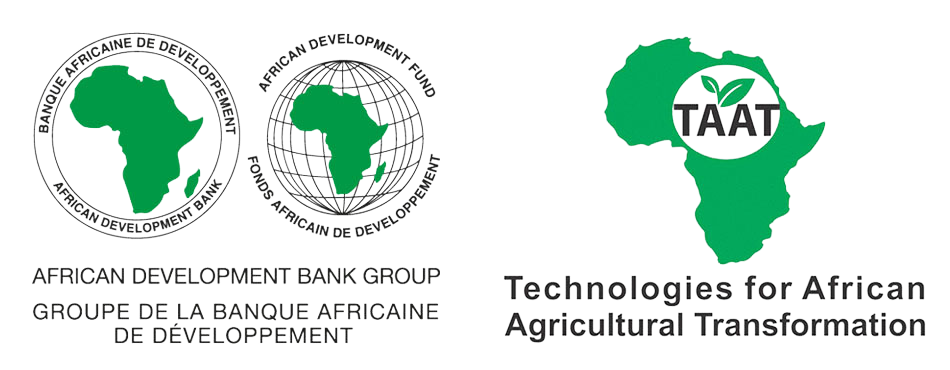

Low-cost irrigation technologies for increasing incomes for smallholder farmers.
MoneyMaker offers a range of irrigation pumps tailored for small plots in sub-Saharan Africa. The MoneyMaker Hip provides water distribution of up to 40 liters per minute for plots up to 1.25 acres. The MoneyMaker Starter, weighing 3.0kg, pumps up to 30 liters per minute for 1-acre plots. For plots up to 2 acres, the MoneyMaker Max, operated by a 70kg operator, delivers up to 1.8 liters per second. These non-motorized pumps are compact, with the MoneyMaker Max at 16kg, the Hip Pump at 4.5kg, and the Starter Pump at 3.0kg. Designed by Kickstart International, the Starter Pump is a cost-effective solution for transitioning from rain-fed farming, offering a maximum flow rate of over 2200 liters per hour for diverse agricultural and domestic water needs.
This technology is validated.
Adults 18 and over: Positive high
The poor: Positive high
Women: Positive high
Climate adaptability: Highly adaptable
Farmer climate change readiness: Significant improvement
Biodiversity: No impact on biodiversity
Carbon footprint: Same amount of carbon released
Environmental health: Greatly improves environmental health
Soil quality: Improves soil health and fertility
Water use: Much less water used
Low-cost irrigation pumps provide an efficient solution for delivering water to crops, reducing labor and costs compared to manual methods. To integrate this technology:
Knowing that the pump cost 50-90 USD, considering costs and quantity needed for your project. This technology is adopted in Democratic Republic of the Congo, Ethiopia, Kenya, Rwanda, South Sudan, Tanzania, Uganda, Burkina Faso, Ghana, Mali, Nigeria, Senegal, Angola, Malawi, Mozambique, Zambia and Zimbabwe.
Engage a team of trainers to provide ongoing support and maintenance assistance to operators after the initial training.
Develop communication materials such as flyers, videos, and radio broadcasts to educate farmers and stakeholders about the benefits and proper use of mechanized threshing technology.
Collaborate with agricultural development institutes and fleet managers to facilitate the adoption and implementation of mechanized threshing technology in your country.
By following these steps, you can effectively integrate low-cost irrigation pumps into your agricultural project, enhancing efficiency and productivity while reducing labor costs.
Open source / open access
Scaling Readiness describes how complete a technology’s development is and its ability to be scaled. It produces a score that measures a technology’s readiness along two axes: the level of maturity of the idea itself, and the level to which the technology has been used so far.
Each axis goes from 0 to 9 where 9 is the “ready-to-scale” status. For each technology profile in the e-catalogs we have documented the scaling readiness status from evidence given by the technology providers. The e-catalogs only showcase technologies for which the scaling readiness score is at least 8 for maturity of the idea and 7 for the level of use.
The graph below represents visually the scaling readiness status for this technology, you can see the label of each level by hovering your mouse cursor on the number.
Read more about scaling readiness ›
Uncontrolled environment: validated
Common use by projects NOT connected to technology provider
| Maturity of the idea | Level of use | |||||||||
| 9 | ||||||||||
| 8 | ||||||||||
| 7 | ||||||||||
| 6 | ||||||||||
| 5 | ||||||||||
| 4 | ||||||||||
| 3 | ||||||||||
| 2 | ||||||||||
| 1 | ||||||||||
| 1 | 2 | 3 | 4 | 5 | 6 | 7 | 8 | 9 | ||
| Country | Testing ongoing | Tested | Adopted |
|---|---|---|---|
| Angola | –No ongoing testing | –Not tested | Adopted |
| Burkina Faso | –No ongoing testing | –Not tested | Adopted |
| Democratic Republic of the Congo | –No ongoing testing | –Not tested | Adopted |
| Ethiopia | –No ongoing testing | –Not tested | Adopted |
| Ghana | –No ongoing testing | –Not tested | Adopted |
| Kenya | –No ongoing testing | Tested | Adopted |
| Malawi | –No ongoing testing | –Not tested | Adopted |
| Mali | –No ongoing testing | –Not tested | Adopted |
| Mozambique | –No ongoing testing | –Not tested | Adopted |
| Nigeria | –No ongoing testing | –Not tested | Adopted |
| Rwanda | –No ongoing testing | –Not tested | Adopted |
| Senegal | –No ongoing testing | –Not tested | Adopted |
| South Sudan | –No ongoing testing | –Not tested | Adopted |
| Tanzania | –No ongoing testing | –Not tested | Adopted |
| Uganda | –No ongoing testing | –Not tested | Adopted |
| Zambia | –No ongoing testing | –Not tested | Adopted |
| Zimbabwe | –No ongoing testing | –Not tested | Adopted |
This technology can be used in the colored agro-ecological zones. Any zones shown in white are not suitable for this technology.
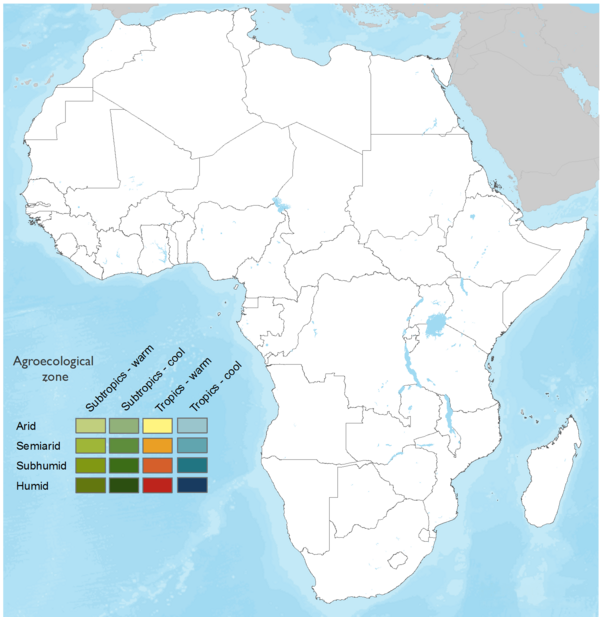
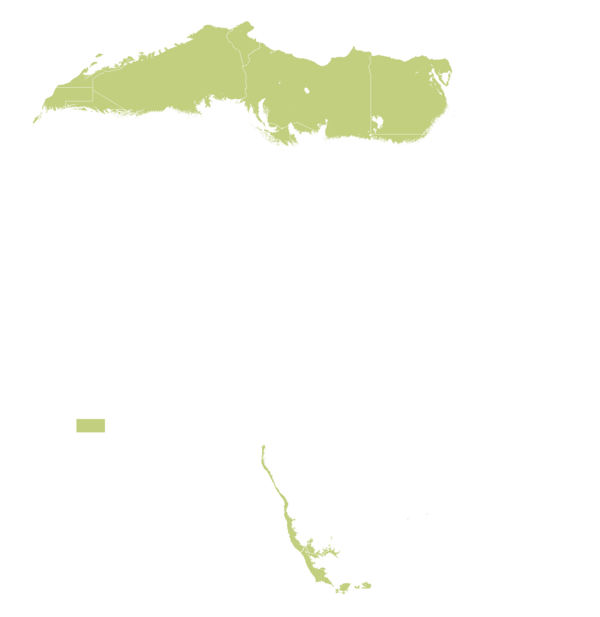

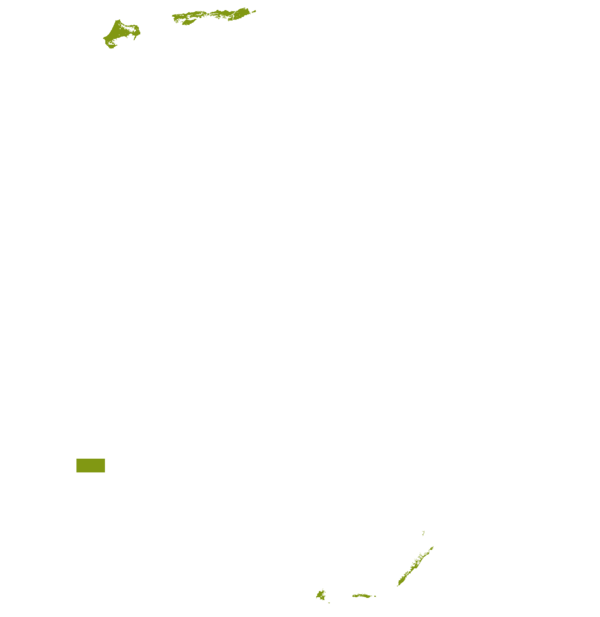
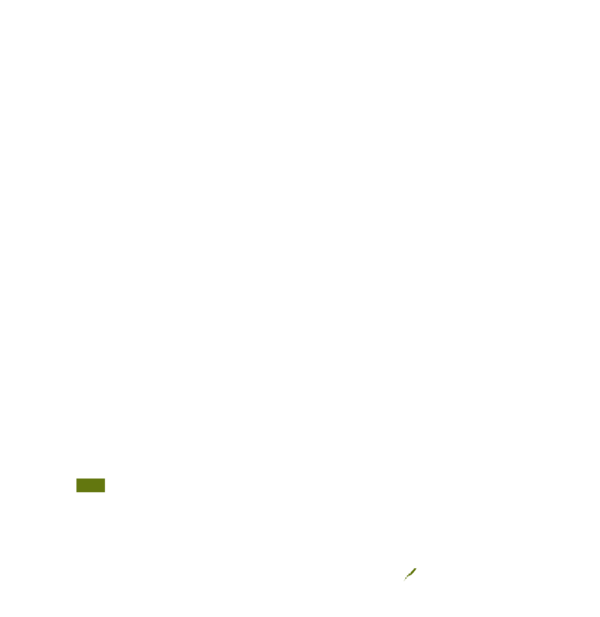

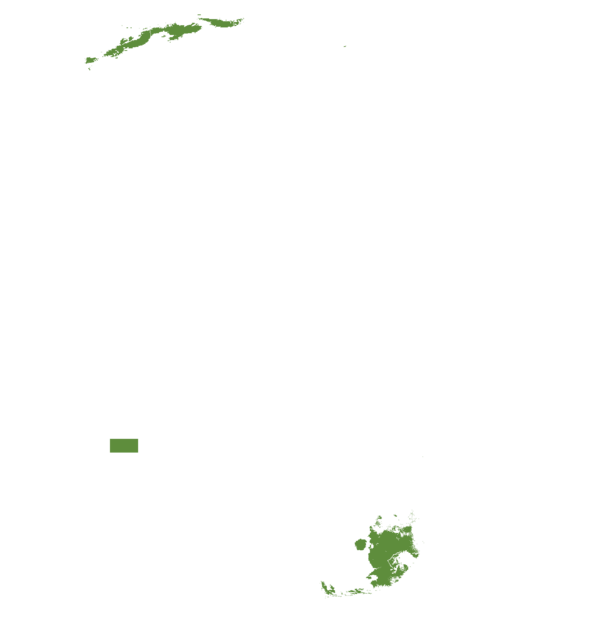
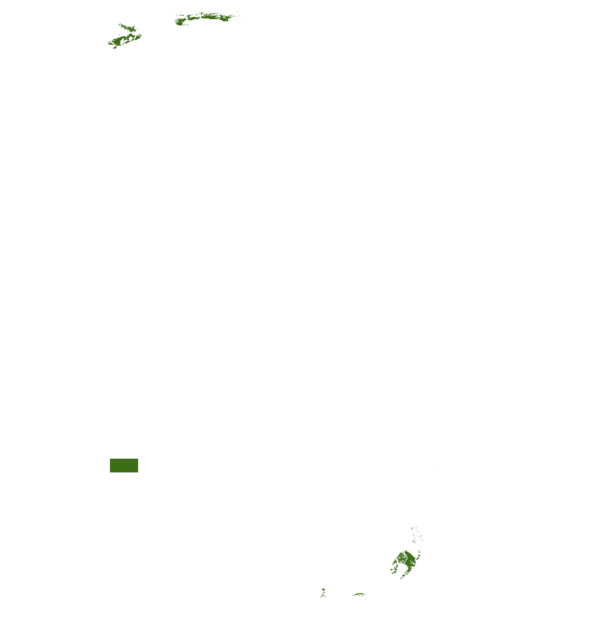
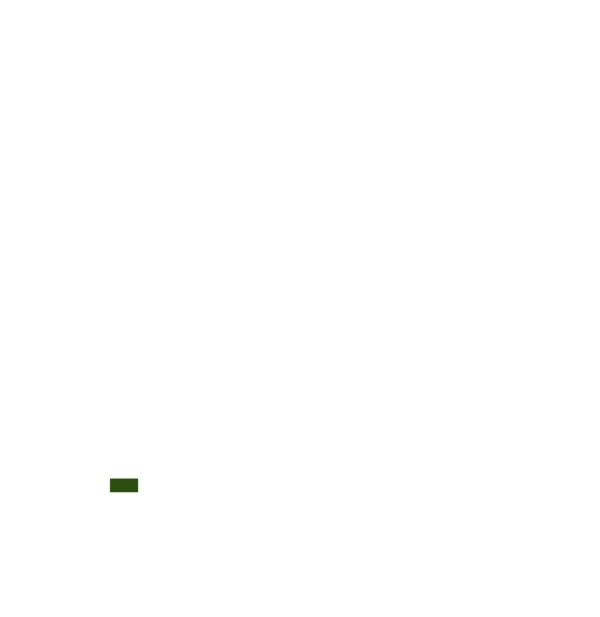
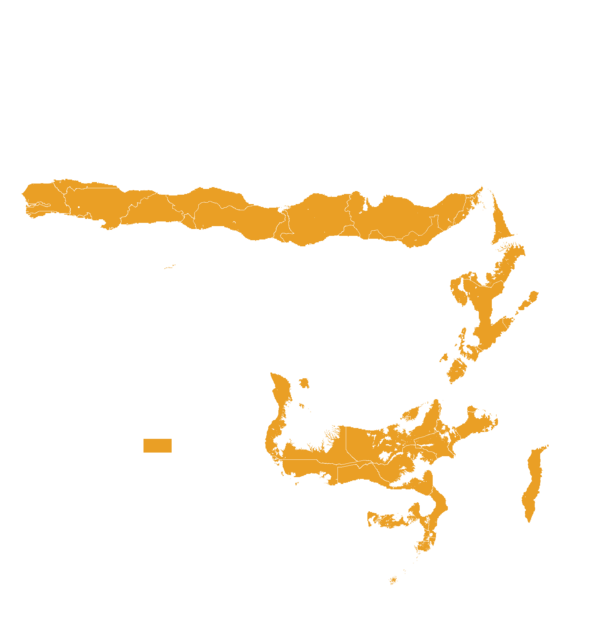
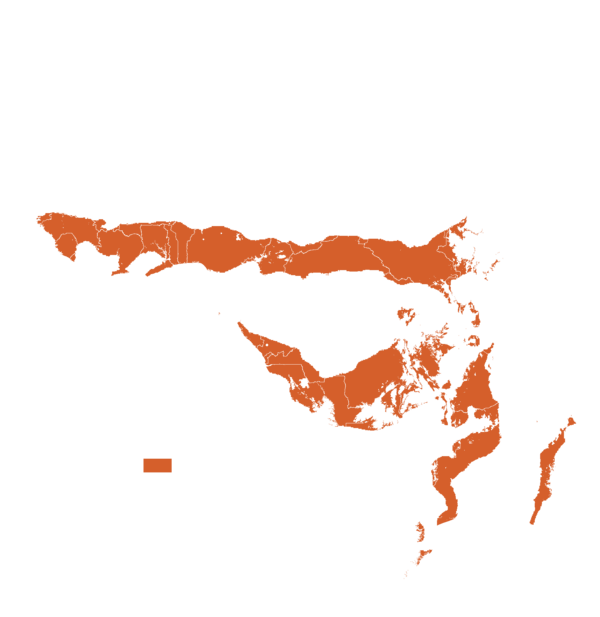

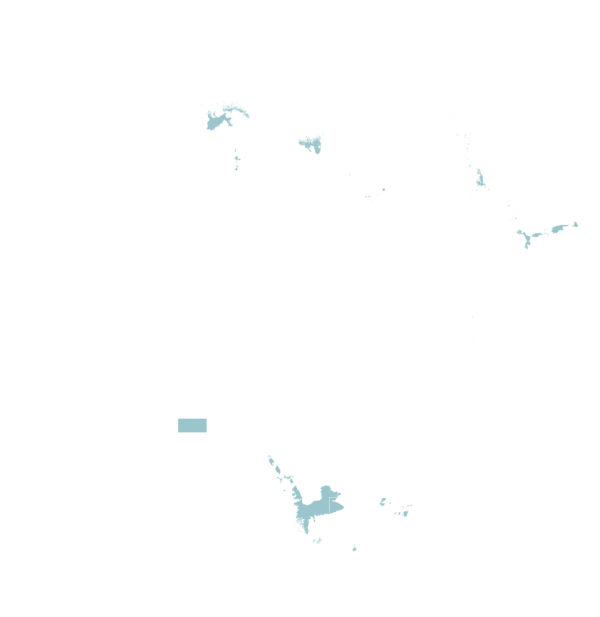

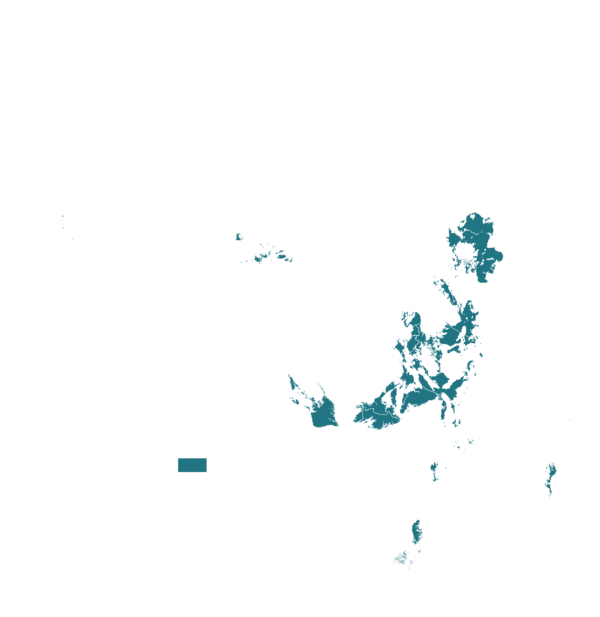
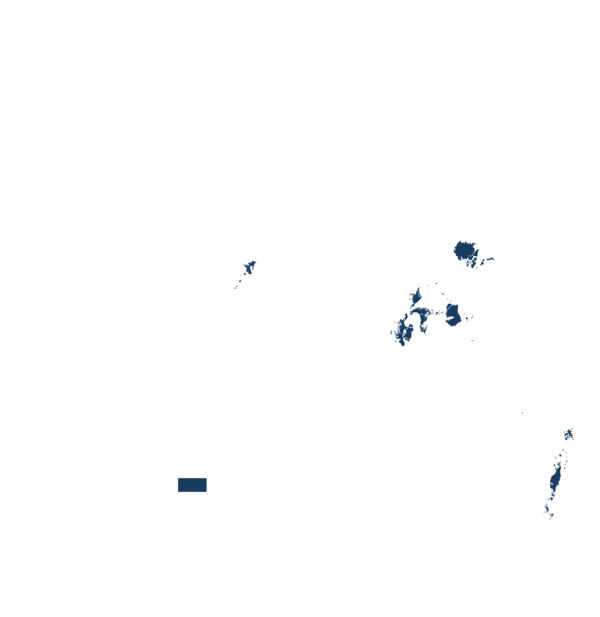
| AEZ | Subtropic - warm | Subtropic - cool | Tropic - warm | Tropic - cool |
|---|---|---|---|---|
| Arid | ||||
| Semiarid | ||||
| Subhumid | ||||
| Humid |
Source: HarvestChoice/IFPRI 2009
The United Nations Sustainable Development Goals that are applicable to this technology.

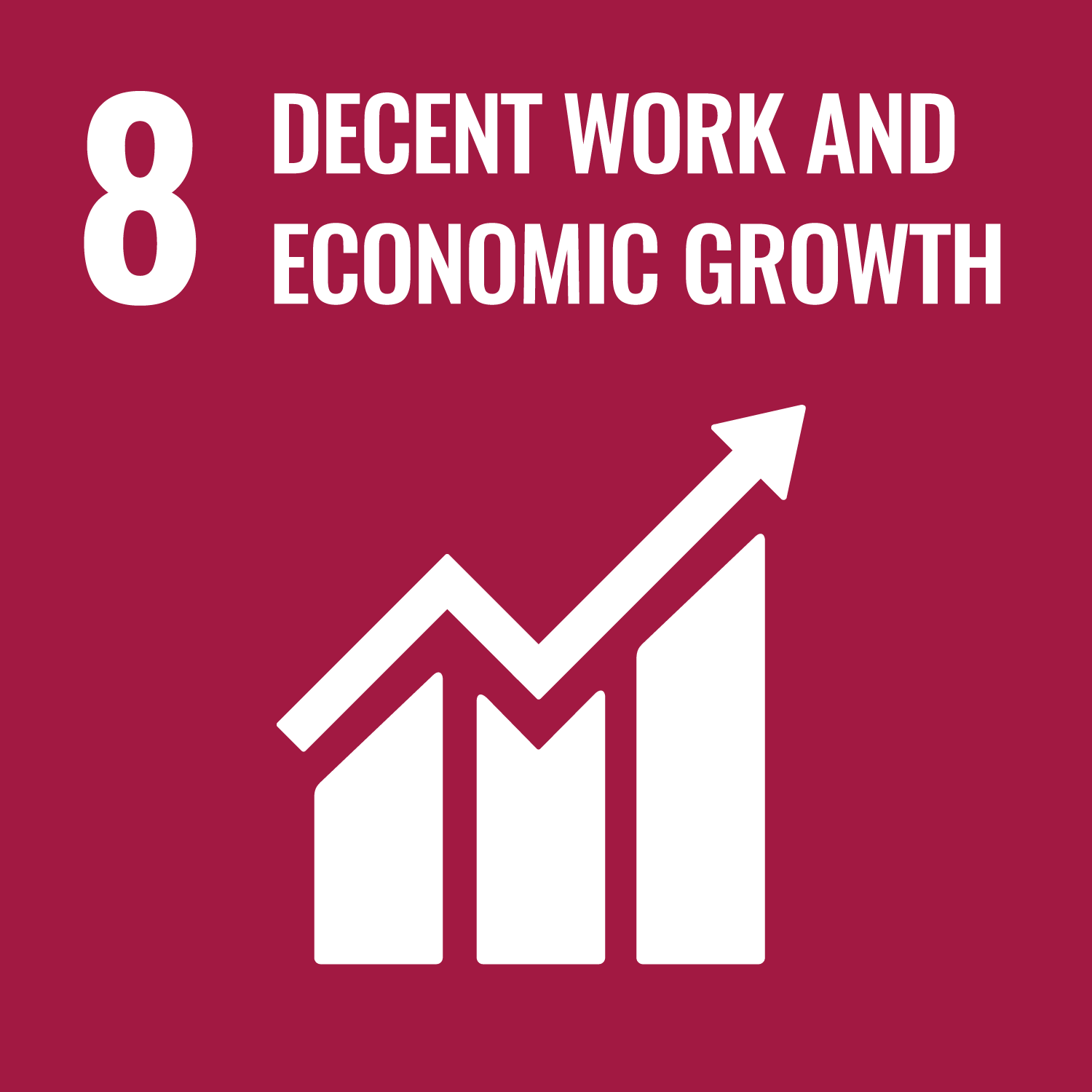
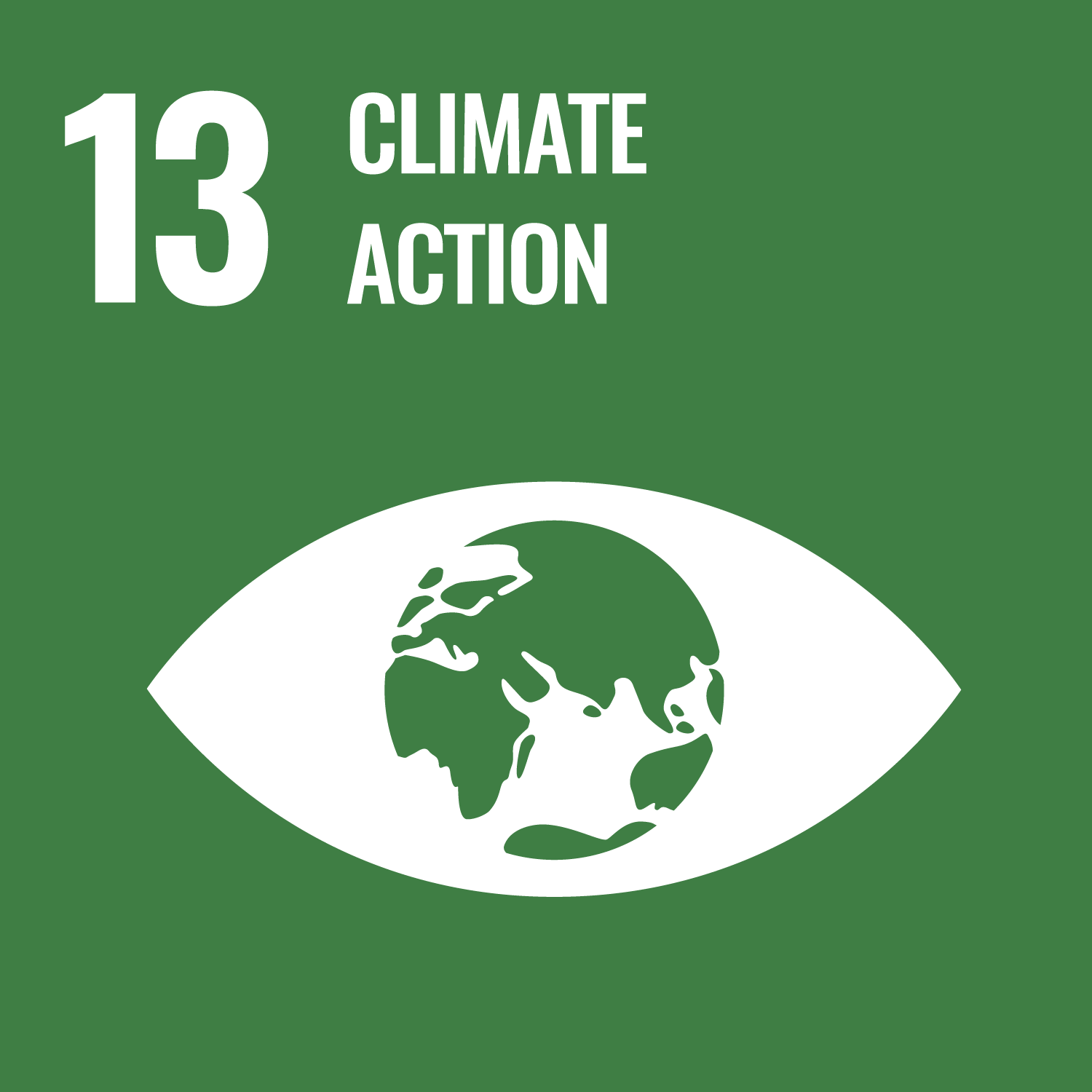
Last updated on 22 December 2025